From Purpose to Impact
This article is from Harvard Business Review.
From Purpose to Impact
by Nick Crai and Scott A. Snook
Summary.
Over the past five years, there’s been an explosion of interest in purpose-driven leadership. Academics, business experts, and even doctors make the case that purpose is a key to exceptional leadership and the pathway to greater well-being.
Despite this growing understanding, however, a big challenge remains. Few leaders have a strong sense of their own individual purpose, the authors’ research and experience show, and even fewer can distill their purpose into a concrete statement or have a clear plan for translating purpose into action. As a result, they limit their aspirations and often fail to achieve their most ambitious professional and personal goals.
In this article, the authors present a step-by-step framework that leaders can use to identify their purpose and develop an impact plan to achieve concrete results. Effective purpose-to-impact plans use language that is uniquely meaningful to the individual, rather than business jargon. They focus on future, big-picture aspirations and work backward with increasing specificity. And they emphasize the individual’s strengths and encourage a holistic view on work and family.close
“The two most important days in your life are the day you are born and the day you find out why.
”
Over the past five years, there’s been an explosion of interest in purpose-driven leadership. Academics argue persuasively that an executive’s most important role is to be a steward of the organization’s purpose. Business experts make the case that purpose is a key to exceptional performance, while psychologists describe it as the pathway to greater well-being.
Doctors have even found that people with purpose in their lives are less prone to disease. Purpose is increasingly being touted as the key to navigating the complex, volatile, ambiguous world we face today, where strategy is ever changing and few decisions are obviously right or wrong.
Despite this growing understanding, however, a big challenge remains. In our work training thousands of managers at organizations from GE to the Girl Scouts, and teaching an equal number of executives and students at Harvard Business School, we’ve found that fewer than 20% of leaders have a strong sense of their own individual purpose. Even fewer can distill their purpose into a concrete statement. They may be able to clearly articulate their organization’s mission: Think of Google’s “To organize the world’s information and make it universally accessible and useful,” or Charles Schwab’s “A relentless ally for the individual investor.” But when asked to describe their own purpose, they typically fall back on something generic and nebulous: “Help others excel.” “Ensure success.” “Empower my people.” Just as problematic, hardly any of them have a clear plan for translating purpose into action. As a result, they limit their aspirations and often fail to achieve their most ambitious professional and personal goals.
Our purpose is to change that—to help executives find and define their leadership purpose and put it to use. Building on the seminal work of our colleague Bill George, our programs initially covered a wide range of topics related to authentic leadership, but in recent years purpose has emerged as the cornerstone of our teaching and coaching. Executives tell us it is the key to accelerating their growth and deepening their impact, in both their professional and personal lives. Indeed, we believe that the process of articulating your purpose and finding the courage to live it—what we call purpose to impact—is the single most important developmental task you can undertake as a leader.
Consider Dolf van den Brink, the president and CEO of Heineken USA. Working with us, he identified a decidedly unique purpose statement—“To be the wuxia master who saves the kingdom”—which reflects his love of Chinese kung fu movies, the inspiration he takes from the wise, skillful warriors in them, and the realization that he, too, revels in high-risk situations that compel him to take action. With that impetus, he was able to create a plan for reviving a challenged legacy business during extremely difficult economic conditions. We’ve also watched a retail operations chief call on his newly clarified purpose—“Compelled to make things better, whomever, wherever, however”—to make the “hard, cage-rattling changes” needed to beat back a global competitor. And we’ve seen a factory director in Egypt use his purpose—“Create families that excel”—to persuade employees that they should honor the 2012 protest movement not by joining the marches but by maintaining their loyalties to one another and keeping their shared operation running.
We’ve seen similar results outside the corporate world. Kathi Snook (Scott’s wife) is a retired army colonel who’d been struggling to reengage in work after several years as a stay-at-home mom. But after nailing her purpose statement—“To be the gentle, behind-the-scenes, kick-in-the-ass reason for success,” something she’d done throughout her military career and with her kids—she decided to run for a hotly contested school committee seat, and won.
And we’ve implemented this thinking across organizations. Unilever is a company that is committed to purpose-driven leadership, and Jonathan Donner, the head of global learning there, has been a key partner in refining our approach. Working with his company and several other organizations, we’ve helped more than 1,000 leaders through the purpose-to-impact process and have begun to track and review their progress over the past two to three years. Many have seen dramatic results, ranging from two-step promotions to sustained improvement in business results. Most important, the vast majority tell us they’ve developed a new ability to thrive in even the most challenging times.
In this article, we share our step-by-step framework to start you down the same path. We’ll explain how to identify your purpose and then develop an impact plan to achieve concrete results.
